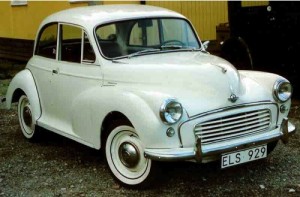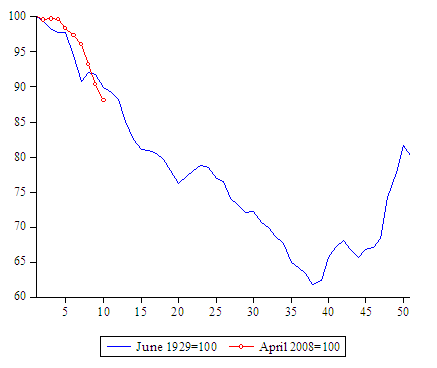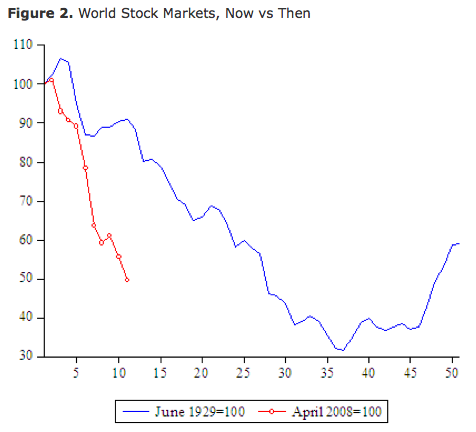(Image courtesy of Wikipedia)
It’s Good Friday. To anyone who grew up in rural Ireland in the 1950s this was the most boring day of the year. Nothing moved. All the shops were closed — as were the pubs. There was boiled fish for lunch. And then three interminable hours of religious ceremony from 3pm to 6pm, with purple shrouds over all crucifixes in the church and incomprehensible mumbo-jumbo (in Latin). And, I seem to remember, a preposterous rite known as the ‘stations of the cross’ in which the faithful symbolically retraced various stages in Christ’s journey towards crucifixion.
One Good Friday, however, stands out in my memory. It was the day our first new car arrived. For a family in our circumstances, this was a Really Big Deal. Up to then we had coped by borrowing cars for holidays and weekends from indulgent garage proprietors (who were pals of my dad and invariably had a wreck or two available for charitable use). Later, we got by with a series of fifth-hand wrecks which were constantly breaking down. But eventually my parents felt financially emboldened enough to contemplate the purchase of a new car.
There then followed weeks of intensive discussion. Should it be a Fiat (there was a new Fiat dealership in Donegal). Or should we buy British? In the end, my Dad decided that we would get a Morris Minor 1000. On Maundy Thursday he set off for Dublin, having deposited us with our grandparents in the one-horse town in Mayo where they lived. He had decided that he would drive down in the new car (complete with a ‘Running In’ sign) the following day. The roads, he explained, would be quiet.
Good Friday dawned sunny and warm. I was up early and I spent the day on the street waiting with mounting excitement for the arrival of this marvellous new acquisition. The town slept in the sunshine, like a Mexican backwater in siesta time. Not a creature stirred, except for the odd dog. The clock crept round to 3pm, when we would be dragged off to church by my (ultra devout) mother. No sign of Dad. Never had the doleful rituals in the church seemed so interminable. But eventually they came to an end. We came out into the late afternoon sunshine. And there, outside the church, stood Da, next to his gleaming black car. It was the kind of moment one never, ever forgets. And to this day I can remember that strange ‘new car’ smell.
We had that Morris Minor for years and years. What amazes me now is that we often made long family trips in it — three or fours hours at a time with two adults, four kids, a dog and all our luggage. Many decades later Sue and I used to have difficulty fitting three small kids and ourselves into large Swedish saloons. How did we fit in to that Morris Minor all those years ago? Why didn’t we complain? These are puzzles whose solutions are now lost in the mists of time.




